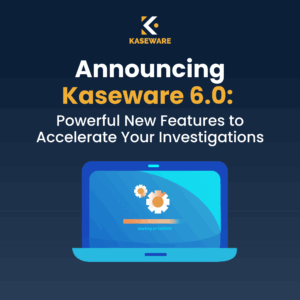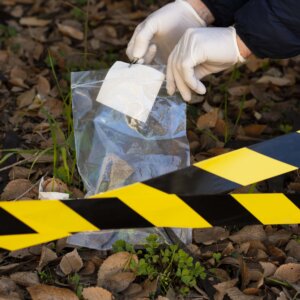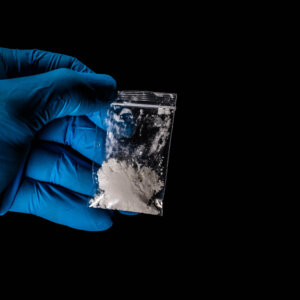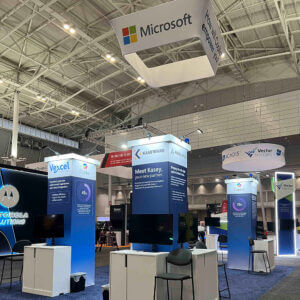
Behind the Scenes of a New Dispatch Center Go-Live
By Korinne Condie
Kaseware prides itself not only on our superior product, but also our superior customer service and implementation process. We know it is a big production to switch RMS and CAD systems. That’s why we are there with you every step of the way to make sure everything goes smoothly. We often get asked how the process works, so today we will look at it from the perspective of Korinne Condie, our Director of Customer Success. Just last week, Korinne took a new Dispatch Center live. Here is her first hand account.
New Dispatch Center Go-Live
Since I started as Kaseware, one of my most important roles is helping organizations install Kaseware. The steps, while varied in length and complexity, typically are as follows:
- Sign on the dotted line.
- Project kickoff, discovery and solution design.
- System implementation and configuration.
- User training, acceptance testing, go-live rehearsals.
And then it’s finally time to go-live. And for most clients and installations, that means we tell the client, “Okay, as of 7 a.m., we start using Kaseware.” Meanwhile, we’re typically sitting in our office in Denver, with a phone bridge open for users to call in issues (although they usually call my cell), while the engineering staff is on high alert for anything that may come up. We watch the first cases, people and locations go into the system, while I send a “Congratulations, you had the first case in the system” email. Then we monitor throughout the days to come. There are always a few questions, some processes to tweak, but by and large, the actual go-live is uneventful. That is the “typical” process. Except for today — December 3, 2019, which is not typical.
Live Dispatch Center
Today is different because its a go-live for a live dispatch center. My first solo dispatch go-live, in fact, as well as the company’s first multi-agency dispatch. These are not implemented remotely.
Driving up to the client site in the farthest corner of Colorado, I had three hours to mentally walk through all of the preparation, the training, the testing. We had a four hour meeting the night before go live to walk through all of the questions, and make sure all of the users were ready to go. And after that, I sat in the hotel for more than a few hours, double checking every configuration, and making sure everything was set up exactly as we’d discussed. (The sheriff remarked I looked tired this morning.)
And at 7 a.m. Mountain Time, it was “go time.”
Go Time
The lead dispatcher logged out of their old CAD and RMS system, and into Kaseware on his computer. The sheriff’s deputies and police officers in the room logged into their Kaseware mobile apps on their phone, and one of the police officers brought up Kaseware on his MDT in his patrol car. We were ready, just waiting for that first call to come in.
And about five minutes later the phone rang, the first call for service was opened and ready to go, and it was a call for … cows loose in the road.
So maybe not the most exciting call to start the day, but the system worked just as planned. Officer was dispatched, owner was notified, cows were safely back home. And the day continued in a similar fashion (with a much higher call volume than normal, almost as if it knew I was here to watch it all and work out any kinks). Some of the more interesting calls included:
- A deputy did a VIN inspection and scanned a driver’s license with the Kaseware mobile app and it was automatically added to the call for service.
- Multiple units across three different agencies were dispatched to a medical call,
- A deputy was dispatched to locate a stolen vehicle.
Meanwhile, I was either in the communications center or at one of the police agencies or sitting in the sheriff’s office, watching and training as needed. No calls (at least for now, knock-on-wood) came in that were dramatic or life-threatening, which in the scheme of life is a really good thing. But those calls will eventually come in, and I know that the dispatchers will confidently use Kaseware to dispatch the officers and deputies and EMTs to the scene. Even as I am writing, the lead dispatcher just told the sheriff “I am confident I can dispatch any call, and I’ve only been using this system a few hours.”
Even as I am writing, the lead dispatcher just told the sheriff “I am confident I can dispatch any call, and I’ve only been using this system a few hours.”
I will be spending the rest of the week here, working in-person with as many of the officers and deputies and dispatchers I can. This will mean some interesting sleep schedules to accommodate everyone’s work hours! It will not be perfect — there will be hiccups; I will get woken up by a phone call question at 2 a.m.; I will be calling back to the office to have the development team look into coding issues. But at the end of this week, I will drive the three hours home and we will have another dispatch center deployment for Kaseware in the books.
Hopefully the next one is in Hawaii; I could use a break from the snow!
Thank you Korinne! If you have any questions about what Kaseware can do for your organization, schedule a free demo today to learn more about us, our support offerings, and our incredible product features.
Korinne Condie is the Director of Customer Success at Kaseware. She is a former government contractor with extensive experience in system engineering, operations and customer success within both government and corporate organizations.








